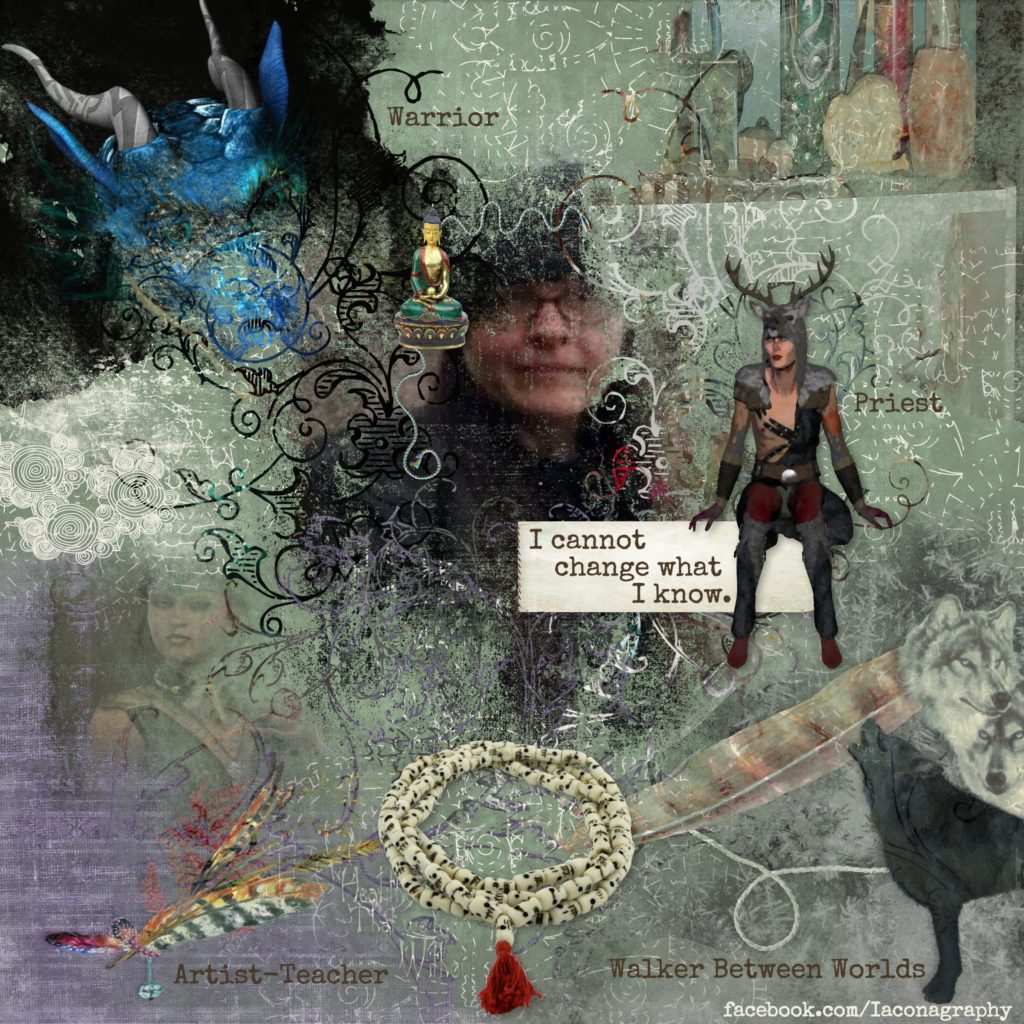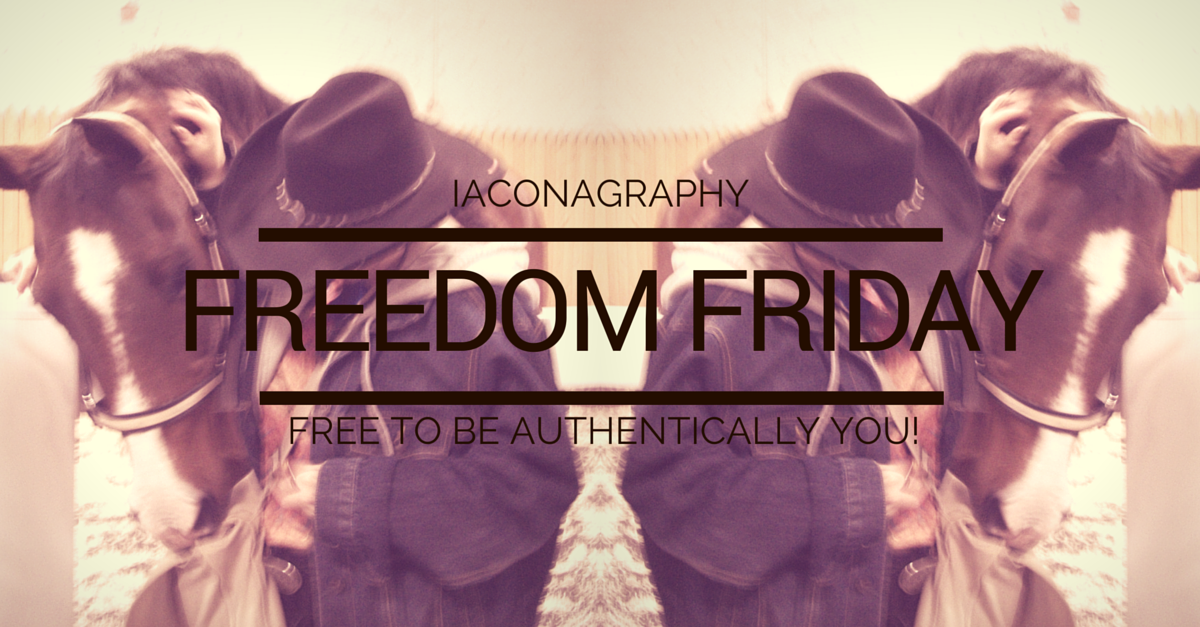Romantic Heathenry: You’re Probably NOT Doing It Wrong!

Tired of being told “you’re doing it wrong”? You’re not alone! By some Heathens’ standards, I’m still relatively “new” at this, having only arrived at the Northern Tradition in my own spiritual practice roughly a year ago. Before that, I was raised Buddhist/Taoist with a minimalist Christian backbeat, before becoming a Druid (from a Welsh Historical Reconstructionist background) roughly twenty years ago. I dabbled in Kemeticism (Egyptian Reconstruction) for about a year in 2001, but that only really spoke to me on the surface, so I pitched my hat back into the Druidic ring, until Spring of 2016, when (what seemed like an endless stream of) historical research to “validate” my Welsh Druidic Path led me to my first brush with Heathenry. I’ve been working with the Norse Gods ever since. For the record: They aren’t the ones who keep chanting “you’re doing it wrong”!
No, I didn’t run up against the “you’re doing it wrong” mantra until I started spending a lot of time writing and creating art for other Heathens. Those who follow the Norse Tradition are an interesting mix of straight Historical Reconstructionists (“screencap of where it says that in the Eddas, or it didn’t happen, dude!”), Pagans with a Norse base (“I’m surprisingly okay with Unconfirmed Personal Gnosis”), Ceremonial Magickians who “dress up” their practice in strictly Norse trappings (“A little bit of Chaos Magick applied to 13th century Runic sigils is perfectly apropos”), and Brosatru Tagalongs (“Look at me, I’m a Viking!”), to say nothing of the Aryan Poster Children (“If your ancestors were not of white/Scandinavian descent, you shouldn’t be here. No, I don’t just mean in this group; I mean, like, on Earth…at all…”). Pardon me for the over-generalization there, but if you’ve ever even stuck your toe into an online Heathen group, you likely recognize all of the above. You probably have also had arguments with parties from at least one or more of these over-generalized groups in which they’ve patently told you “you’re doing it wrong”.
Face it: “you’re doing it wrong” is why most of us became Pagans in the first place! One too many hits with the “you’re doing it wrong, and will be eternally punished for having done so” schtick is the number one reason why most of us decided to divorce ourselves from mainstream Religion in the first place, whether that religion was of the Judeo-Christian variety, or something else. So why in the heck would that attitude be suddenly “okeydokey fine” and perfectly acceptable, simply because it’s all dressed up prettily in Pagan/Heathen clothing? World’s simplest answer: It’s not!
Unless you’re one of the aforementioned Aryan Poster Children, chances are grand that you are not, in fact, “doing it wrong”. You’re just doing it your way, and if you cannot be a true individual in relationship to your Deity/ies, then whatever religion you’re practicing isn’t a true one. What do I mean by that? In the immortal words of Ralph Waldo Emerson:
God enters by a private door into every individual.
Whether you choose to define your personal faith-practice as a religion, or whether you prefer the term spirituality, at the end of the day, when it is all said and done, your personal faith-practice is precisely that: personal. Ultimately, you chose to walk this particular path, out of all the myriad paths available, because of who you are, as an individual. So the only “wrong” way to “do it” is if it requires you to act contrary to that–contrary to who you are, as an individual—or if it requires you to crush the individuality of others. In the end, if you’re “not doing you”, and allowing others to “do them” wholeheartedly and completely on the daily, then, yes, you’re “doing it wrong”.
There are, of course, certain linchpins that set what you and I are practicing apart as specifically Norse. These are things or themes which define what we are doing in our daily practice as something specifically not other faiths, such as Christianity, or Buddhism, or Islam. In March of 2015, the California Court of Appeal established three objective guidelines of what actually constitutes a religion:
- It must address fundamental and ultimate questions having to do with deep and imponderable matters;
- It is comprehensive in nature, consisting of a belief system as opposed to an isolated teaching;
- It often can be recognized by the presence of certain formal and external signs.
Addressing fundamental and ultimate questions includes providing answers to the “Six Big Questions” of human existence:
- Who am I? (What defines me? Is there anything unique and special about me?)
- Where do I belong? (Why do I feel so alone in this world? Where can I find acceptance? How do I form deep and meaningful relationships?)
- What should I do with my life? (To what should I devote my life? What is my calling?)
- How do I make the right choices? (How do I tell right from wrong? Ethical questions)
- How can I be happy? (Is this all there is to life?)
- What is the point of striving when life is so short? (What is the point of building something only to have it swallowed up by death?)
Obviously (I hope), different religions answer these Six Big Questions in ways specific to that religion. For example: the Christian answer to Who am I could be either “a child of God”, or a “brother of Christ”, or even “an inheritor of the Kingdom of Heaven”, whereas a Norse Traditional answer to that same question might be “I am a spouse/lover/child of Freyja (or other Norse Deity)”, or a “brother of Thor (or other Norse Deity)”, or even “an agent on Earth working to the benefit of the Aesir/Vanir/Rokkr”. In other words, how these questions are answered from a Norse Traditional perspective is part of what makes your path specifically Norse/Heathen.
The second part of those three guidelines, that what you believe in is “comprehensive in nature, consisting of a belief system as opposed to an isolated teaching”, means that your faith-practice includes more than “edicts of behavior” or even an “edict of behavior”, but also includes a cosmological framework that includes an afterlife, deities, etc. Part of how we arrive at this “comprehensive nature” lies in how we answer questions five and six of the Six Big Questions. Again, this will be distinct from religion to religion. For example: Christianity is composed of far more than “an isolated teaching”, regardless of how many picket lines you see full of signs emblazoned with quotes from Leviticus. There’s more to it, as a faith, than the Ten Commandments, or even the Great Commandment of the New Testament; there is also a distinct cosmology (whether one considers the “spiritual landscape” of Heaven/Earth/Hell, or even the numerous hierarchies of angels), a defined Deity (or, as most Christians would likely not appreciate me pointing out: Deities, including God The Father, Jesus Christ, and Sophia, aka the Holy Spirit). By the same token, Norse Tradition/Heathenry consists of far more than simply the edicts of the Aesirian Code of Nine or even the Havamal from which it is (in part) based. There is, likewise, also a cosmology (the Nine Worlds), and a series of numerous defined deities and “spirits” (such as the Alfar, the Disir, and the Landvaettir).
Finally, a specific religion can be recognized by its own distinct formal and external signs, such as defined places of worship, specific religious texts, and the rituals it enacts. Christianity has the Catholic Mass, its churches (Protestant, Catholic, and Orthodox, all of which generally possess architecture unique to the Christian faith), The Bible, and the common practices of tithing, praying, and performing acts of charity (when they aren’t “doing it wrong”!), while Islam has mosques, The Koran, and the common practices of praying, fasting, making pilgrimage, and almsgiving (again, when they aren’t “doing it wrong”!). Likewise, in the Northern Tradition we have the Ve and the Hof, the Eddas and Sagas, and the common practices of blot, sumbel, sacrifice, and prayer.
You may or may not be doing your Norse Faith the same way as the other Historical Reconstructionists, Norse Pagans, Runic Ceremonial Magickians, or even the Brosatru, but if you are answering the Six Big Questions with distinctly “Norse-motivated” answers; if you believe in the Nine Worlds, and in the Aesir, Vanir, Rokkr, Alfar, Disir, And Landvaettir; if you worship at a Ve, a Hogr, or a Hof via blot, sumbel, sacrifice, and prayer and use the Eddas and Sagas as your sacred texts, then your faith is distinctly Norse. It just happens to also be distinctly your own interpretation of the Norse Tradition, and if it is effectively answering those Six Big Questions, while in the process making your life and the lives of others better, then you’re definitely not “doing it wrong”!
In my own personal practice, I employ my own brand of soft polytheism, which is a sort of “polytheistic monotheism”, combined with “light reconstruction” and a heavy Druidic backbeat, with strong shamanic overtones. Lots of card-carrying Heathens would likely not only tell me I’m “doing it wrong”, but positively scream it! In fact, some might even disparage me even claiming the titles “Heathen” or “Norse Traditional Paganism” at all for what I personally practice, even though it definitely shares all of the aforementioned features of what would make a faith system distinctly Norse (or Norse-driven, Norse-derived, or even Norse-inspired). That being the case, I’ve recently begun referring to myself as a “Wanderer”, and to what I practice as “Wandering”–or, at least, I’ve begun doing so in private and with those closest to me. More accurately, a lot of what I practice might be termed “Heathen Revivalism” or “Romantic Heathenry”, in the same manner and tone as Celtic Revivalism: an attempt to practice a Norse religion or spirituality within the context of the modern world, while drawing from the historical reservoir of Norse Tradition and sometimes merging it with traditions and practices that are not necessarily strictly Norse in an effort to embrace the spirit of ancient Norse religion. This is my official invitation to you: come and walk alongside me, down this winding road together, for a mile or two or three. I will not tell you that “you’re doing it wrong”, if you’ll pay me the same courtesy. Nor will I try to tell you that my way is the right way for you, for it may not be. Ultimately, I do not own this road; only the feet that carry the heart that walks it. Some parts of this map may work for you; others may not. They all work for me, but your mileage may vary….


